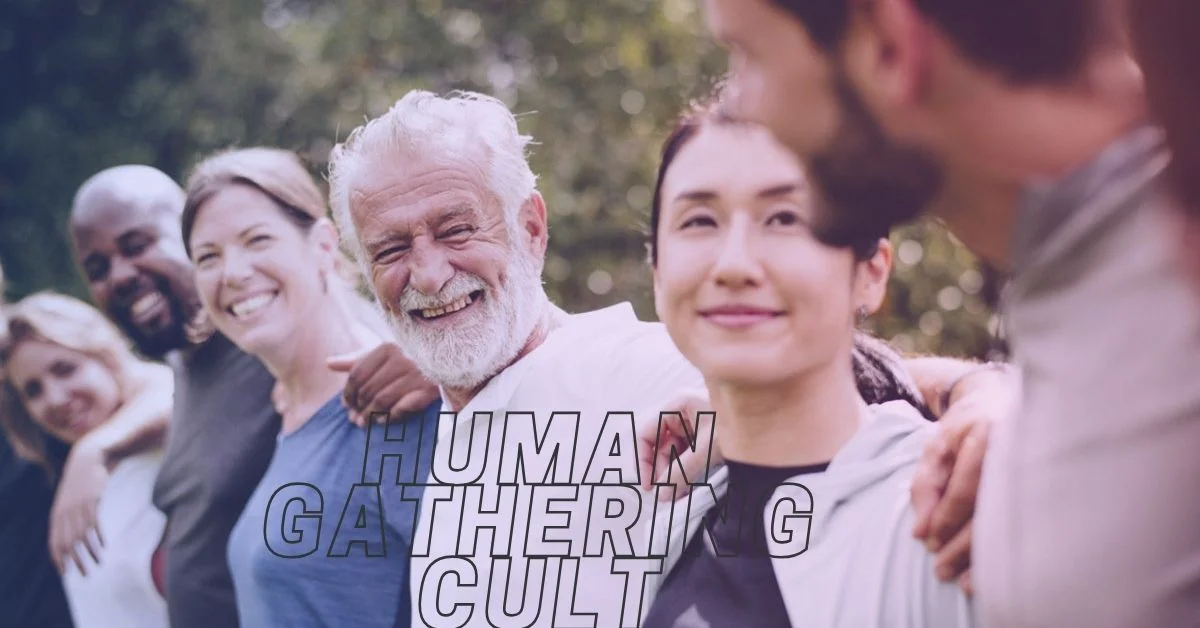
Introduction
Human gathering Cult, whether or not spiritual congregations, social golf equipment, or ideological actions, have long intrigued both scholars and ordinary observers. Among those businesses, positive ones stand out because of their precise characteristics—frequently forming what may be known as “cults.” This article explores the complex world of human gatherings, with a focal point on the dynamics, influences, and affects of cult-like agencies.
Defining Cults: Beyond the Stereotypes
Understanding Cults
Cults frequently evoke terrible snap shots of brainwashing, isolation, and extremism. However, a deeper look well-knownshows that cults can variety broadly from benign spiritual communities to harmful companies led through manipulative leaders.
Characteristics of Cults
- Charismatic Leadership: Cults typically center around a charismatic chief who wields substantial have an effect on over individuals thru persuasion, manipulation, or sheer air of mystery.
- Isolation and Control: Cults frequently isolate their individuals from out of doors influences, controlling their get right of entry to to statistics, relationships, and assets to preserve group concord.
- Belief System: Cults are built on a unique notion device or ideology that forms the center in their identification and cohesion.
- Group Dynamics: Cults thrive on extreme organization dynamics, fostering loyalty, conformity, and obedience to authority figures.
The Psychology of Belonging: Why People Join Cults
Social Identity Theory
Social identity theory suggests that people searching for out groups that beautify their self-esteem and identity. Cults provide a feel of belonging and motive, meeting mental wishes for affiliation, popularity, and that means.
Cognitive Dissonance and Influence Techniques
Cults use diverse have an impact on techniques, which includes love bombing, concept reform, and peer strain, to create cognitive dissonance and dependency among participants. This manipulation disrupts vital questioning and reinforces institution conformity.
Vulnerability Factors
Certain individuals are extra susceptible to cult recruitment due to elements like loneliness, disillusionment, or a quest for that means. Cults regularly goal these inclined people, exploiting their mental desires to recruit and preserve individuals.
The Influence of Technology and Social Media
Online Cults and Digital Communities
Technology has revolutionized the panorama of cults, leading to the emergence of on-line communities and digital cults. Social media and online forums have turn out to be fertile grounds for cult recruitment, radicalization, and indoctrination.
Echo Chambers and Information Bubbles
Social media algorithms create echo chambers and records bubbles, reinforcing current beliefs and setting apart individuals from diverse views. This can accentuate organization polarization and radicalization inside on line cults.
Digital Disconnection and Depersonalization
While generation fosters connectivity, it could additionally bring about virtual disconnection and depersonalization. Online cults exploit this digital anonymity to govern and manage individuals without face-to-face interaction, similarly blurring the traces among fact and virtuality.
Conclusion
The phenomenon of cults sheds mild at the complicated interplay among human psychology, social dynamics, and technological advancements. By expertise the mechanisms behind cult formation and influence, society can higher shield in opposition to manipulation, protect susceptible individuals, and uphold the concepts of autonomy and freedom of perception.

